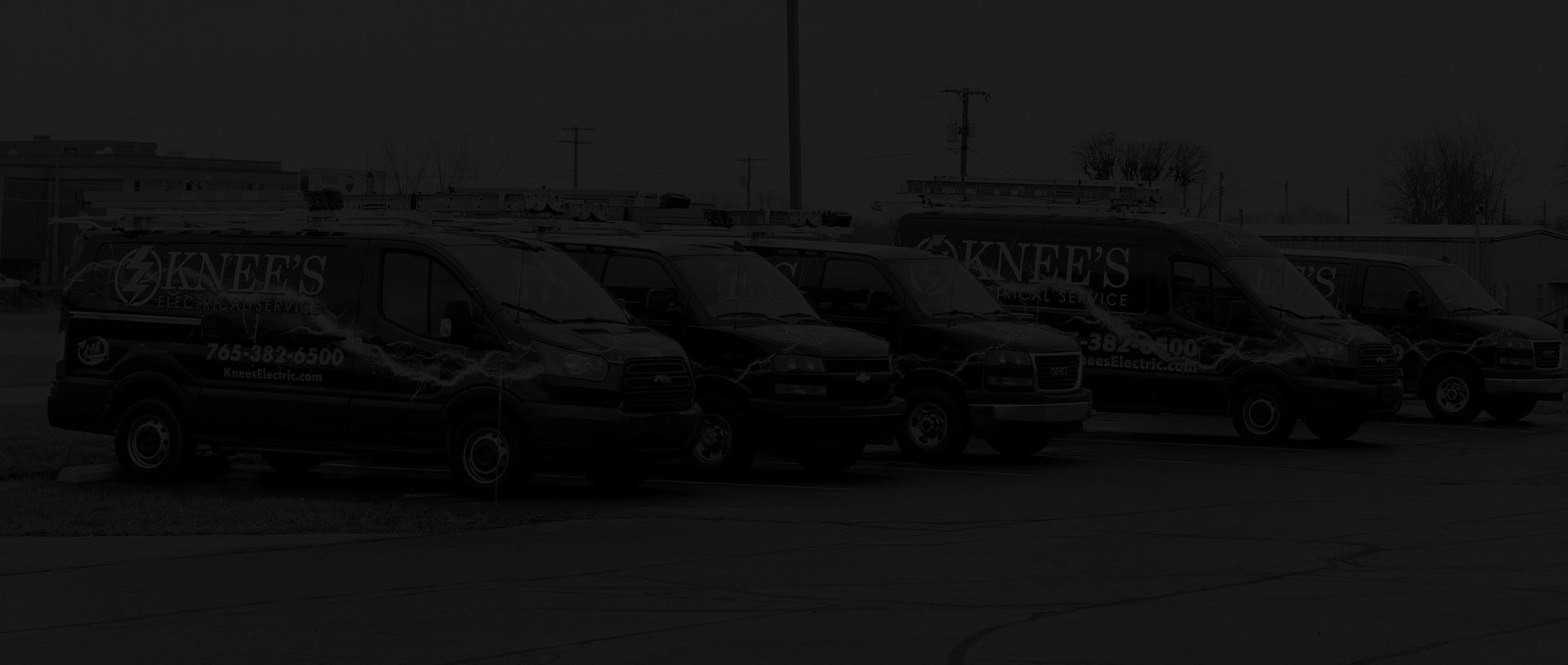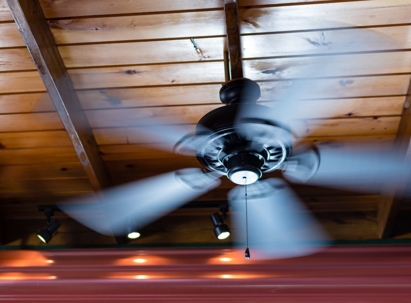While you might have bought a ceiling fan to make your home comfortable during the hot summer months, you might be surprised to learn that ceiling fans can provide comfort all year round. You just have to know which way a ceiling fan should spin in the summer vs winter.
Which way should a fan spin in the summer?
During the summer, your ceiling fan should spin counterclockwise for normal cooling. For winter, you should change your ceiling fan’s rotation to clockwise and put it on the lowest speed setting. Warm air from your heater naturally rises, so the clockwise rotation of your fan will pull cool air up and circulate the warm air back down.
You can actually cut down on your home’s heating costs by utilizing your ceiling fan properly. This simple flip of a switch can save you up to 15% on heating costs, and prevent your home’s heating system from overworking, saving you on costly repairs or replacement.
Below we dig deeper into how ceiling fans work and which way should a ceiling fan spin:
How Do Ceiling Fans Work?
Your ceiling fan will not heat or cool your home on its own. It is the rotation of the fan blades that improve your comfort level. This rotation will circulate your home’s air, and depending on the direction your blades are spinning, you will experience different effects. Ceiling fan rotations are a cost-effective way to improve air circulation.
How to Change Direction of Ceiling Fan
Most ceiling fans manufactured in the U.S. will turn counterclockwise. The best way to determine if this is the case for your fan might seem silly, but it gets the job done.
- Turn your fan to the lowest setting
- Lay directly underneath the fan's center, looking up
- If your eyes are following the blades to the left, then your fan spins counterclockwise
The blades’ counterclockwise motion drives air downward, creating a windchill effect, with faster rotations causing more air to be circulated. If, after the very scientific laydown test, you notice your fan is spinning clockwise instead, simply turn off the fan, locate the switch on its base, and flip it in the opposite direction. It is important to know which way your fan should spin before the weather changes. If the air circulation doesn't improve, after your ceiling fan rotations, it might be time for a ceiling fan repair or replacement.
Ceiling Fan Installation Done Right
If you are looking to add a ceiling fan to your home, hoping to replace an outdated model, or are in need of fan repairs, our experts at Knee’s Electrical Service have you covered. Our family-owned company has been serving Grant County for nearly 50 years and we are ready to put our expertise to work for you. We are sure our licensed and qualified electrical team will brighten your day.
Call Knee’s Electrical Service today to schedule an appointment with an electrician from our team at (765) 201-7220 or say hi online.

